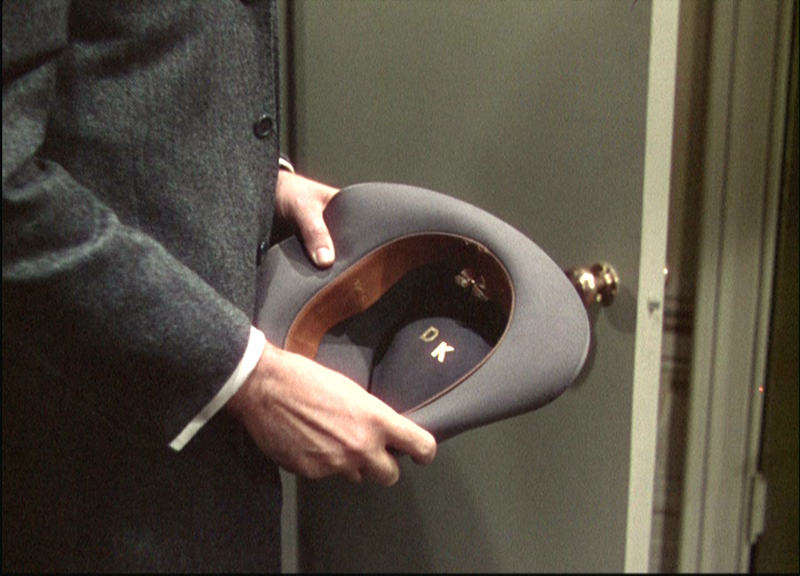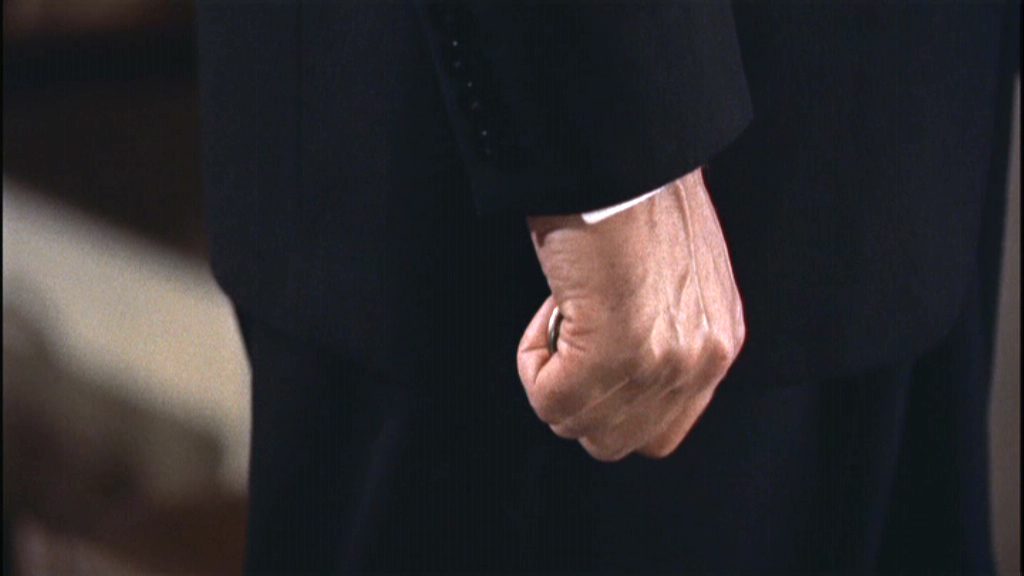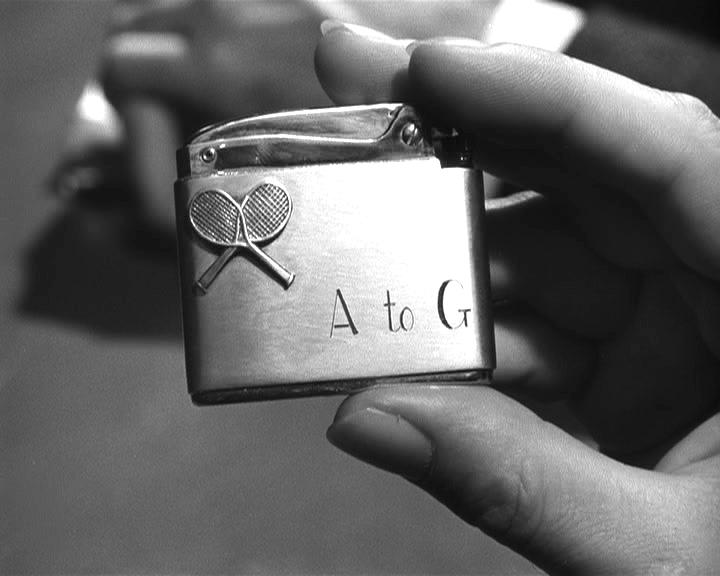‘Beasts of battle’ via Wikipedia
Via wikipedia: Beasts of battle:
The Beasts of battle is a poetic trope in Old English and Old Norse literature. It consists of the wolf, the raven, and the eagle, traditional animals accompanying the warriors to feast on the bodies of the slain. It occurs in eight Old English poems and in the Old Norse Poetic Edda.
The term originates with Francis Peabody Magoun, who first used it in 1955, although the combination of the three animals was first considered a theme by Maurice Bowra, in 1952.
The beasts of battle presumably date from an earlier, Germanic tradition; the animals are well known for eating carrion. A mythological connection may be presumed as well, though it is clear that at the time that the Old English manuscripts were produced, in a Christianized England, there was no connection between for instance the raven and Huginn and Muninn or the wolf and Geri and Freki. This mythological and/or religious connection survived for much longer in Scandinavia.


